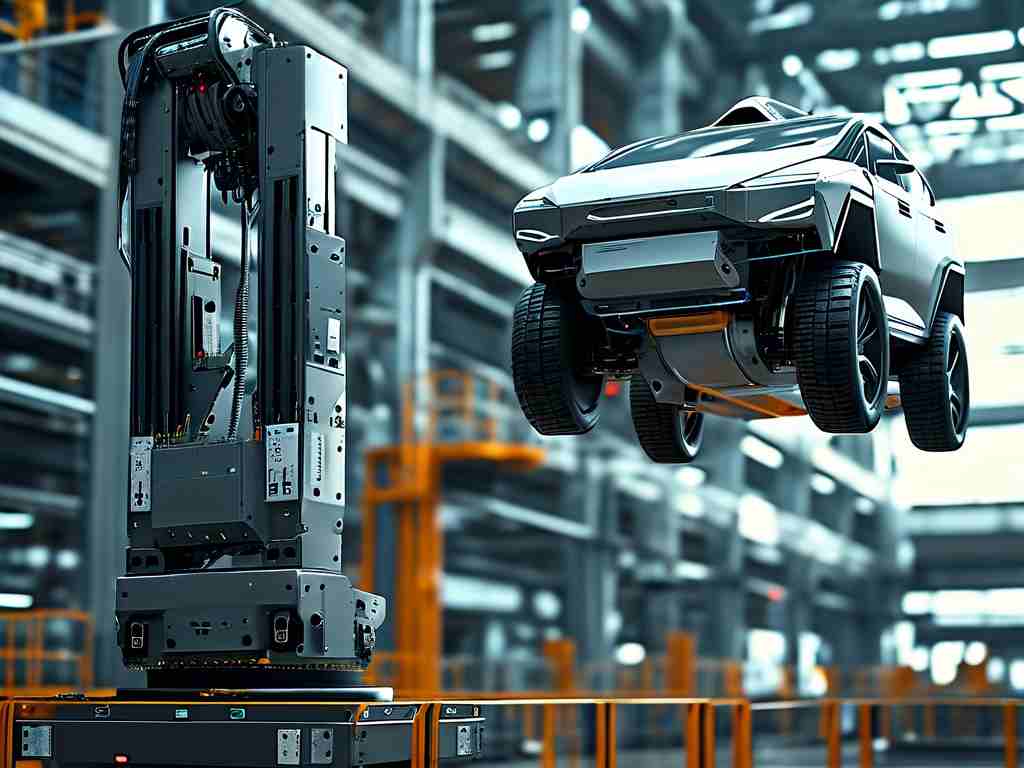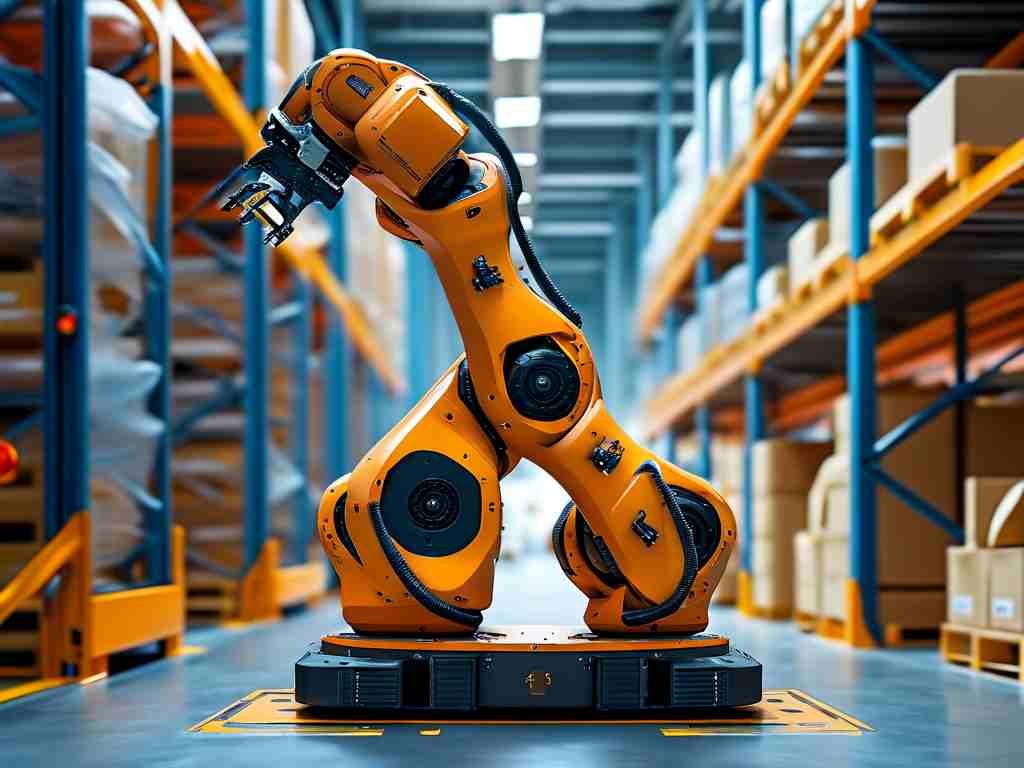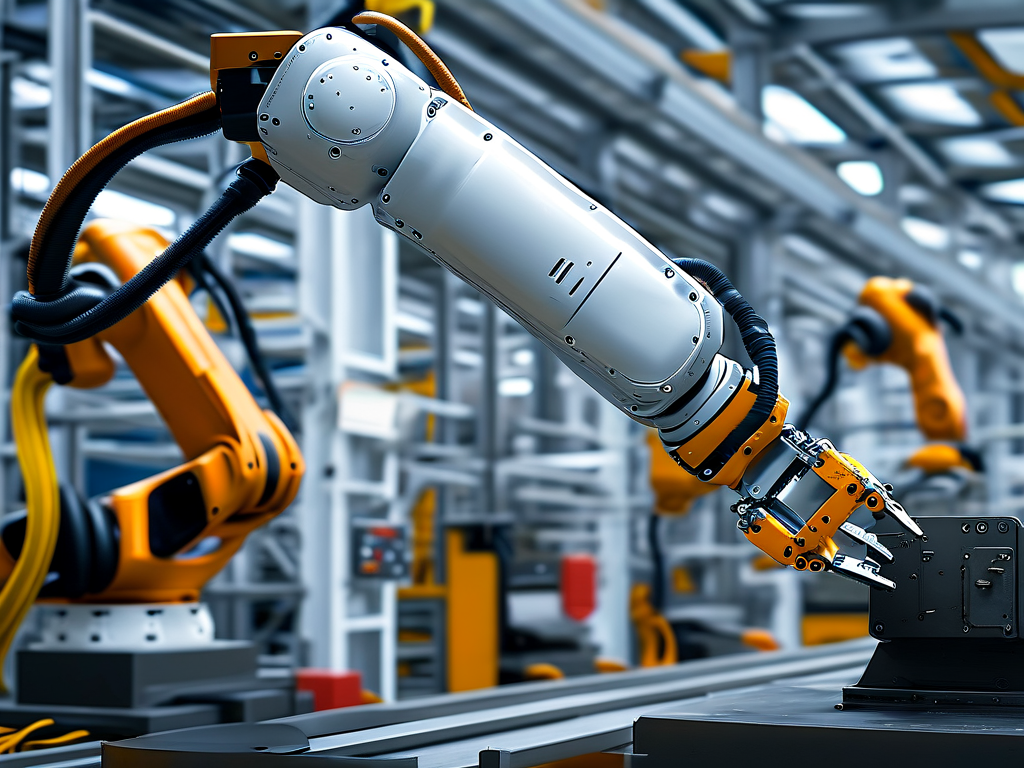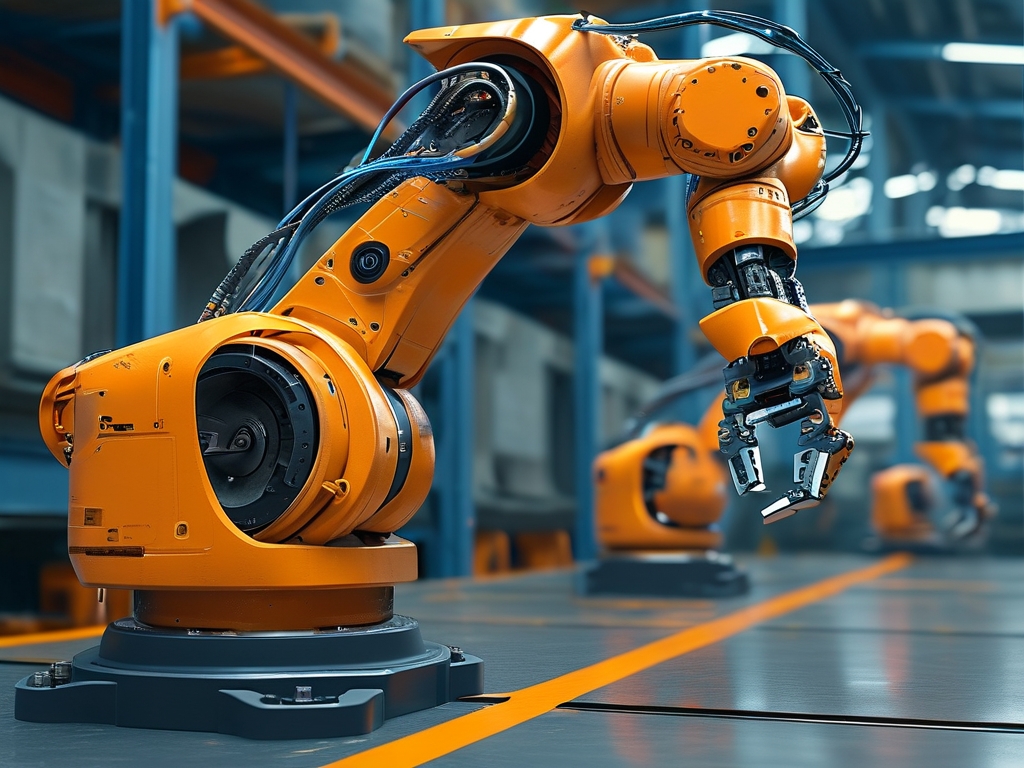Robotic grippers, as critical end-effectors in automation systems, have revolutionized manufacturing, logistics, and even healthcare. Their ability to mimic human hand functions with precision and adaptability makes them indispensable in modern industries. This article explores the core principles behind robotic gripper technology, focusing on mechanical design, actuation methods, and sensory integration.
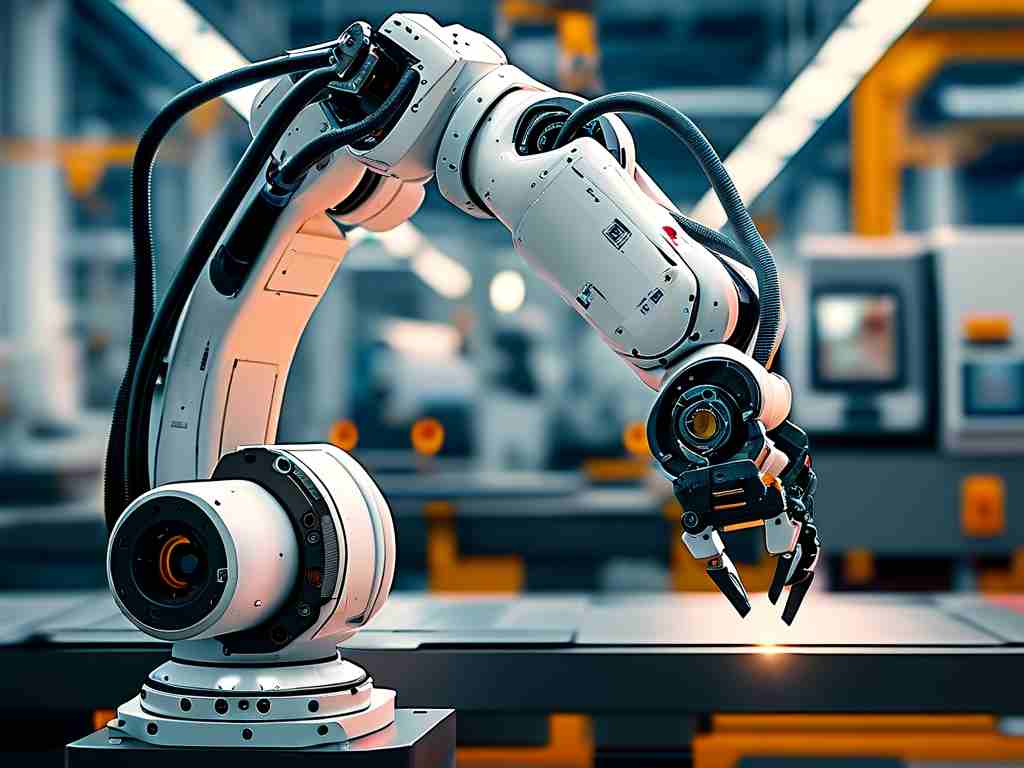
Mechanical Design and Flexibility
At the heart of robotic gripper technology lies its mechanical architecture. Unlike rigid human-made tools, advanced grippers incorporate modular components that enable adaptability. Parallel-jaw grippers, for instance, use two symmetrically moving arms to grasp objects, ideal for standardized shapes like boxes or cylinders. Conversely, multi-fingered grippers emulate human hands, employing three or more articulated digits to handle irregular items such as fruits or fragile glassware.
Material selection plays a pivotal role in performance. Lightweight alloys like aluminum reduce inertia during high-speed operations, while silicone or rubber coatings enhance grip through increased friction. Recent innovations include soft robotics grippers made from flexible polymers, which conform to delicate surfaces without causing damage—a breakthrough for handling electronics or biological samples.
Actuation Methods: Powering Precision
Actuation systems determine how grippers convert energy into motion. Pneumatic grippers, powered by compressed air, dominate high-speed industrial environments due to their simplicity and rapid response. For example, assembly lines producing consumer electronics often use pneumatic models to place components at rates exceeding 1,000 units per hour.
Electric grippers, driven by servo motors, offer finer control through programmable torque and position settings. These are preferred in laboratories or medical settings where precision outweighs speed. Hydraulic grippers, though less common, excel in heavy-duty applications like metal forging, where forces exceeding 500 Newtons are routine. Emerging technologies like shape-memory alloys (SMAs) are pushing boundaries further—actuators made from SMAs contract when heated, enabling silent and compact designs for micro-scale tasks.
Sensory Integration and Adaptive Control
Modern grippers transcend mere mechanical movement by integrating sensors that simulate tactile feedback. Force-torque sensors embedded in fingertips measure grip strength in real time, preventing crushed or dropped items. Vision systems, paired with machine learning algorithms, allow grippers to identify object orientation and adjust grasping strategies autonomously. A case in point is Amazon’s warehouse robots, which combine 3D cameras with AI to handle millions of uniquely shaped products daily.
Haptic feedback systems take this further by transmitting pressure data to human operators in teleoperation scenarios. Surgeons using robotic-assisted tools, for instance, rely on this technology to "feel" tissue resistance during minimally invasive procedures. Meanwhile, proximity sensors enable collision avoidance—a critical feature in collaborative robots (cobots) working alongside humans.
Challenges and Future Directions
Despite advancements, robotic grippers face limitations. Handling translucent or deformable materials like plastic bags remains problematic due to unpredictable shapes. Researchers are addressing this through vacuum-based adhesion or electrostatic gripping, which exploit molecular forces for contactless manipulation.
Another frontier is energy efficiency. Pneumatic systems waste energy through air leakage, while electric models generate heat under sustained loads. Hybrid designs combining magnetic levitation with low-power actuators show promise in reducing consumption by up to 40%.
As industries demand greater versatility, modular grippers with swappable fingertips are gaining traction. A single robotic arm could switch between suction cups for flat panels and magnetic grips for metal parts within seconds, slashing downtime in mixed-production facilities.
In , robotic gripper technology blends mechanics, electronics, and AI to replicate—and often surpass—human dexterity. From assembly lines to surgical suites, these devices continue to redefine automation, driven by innovations in materials, sensing, and adaptive control. As challenges like energy efficiency and material compatibility are overcome, grippers will unlock new possibilities in fields as diverse as agriculture, space exploration, and personalized manufacturing.


